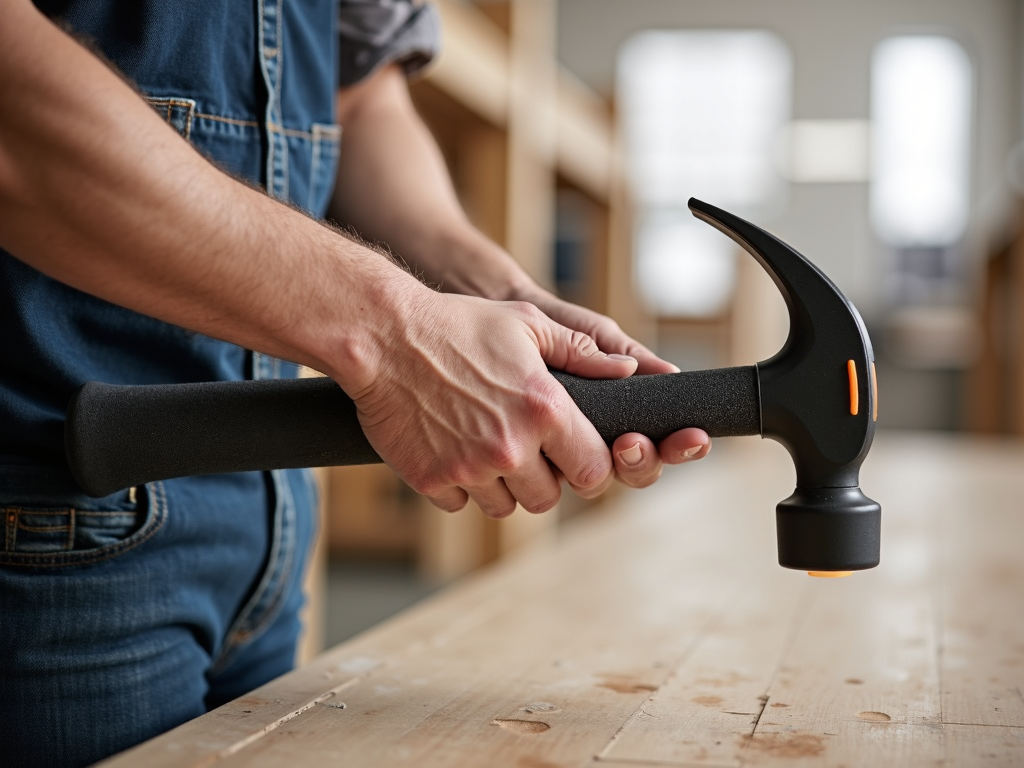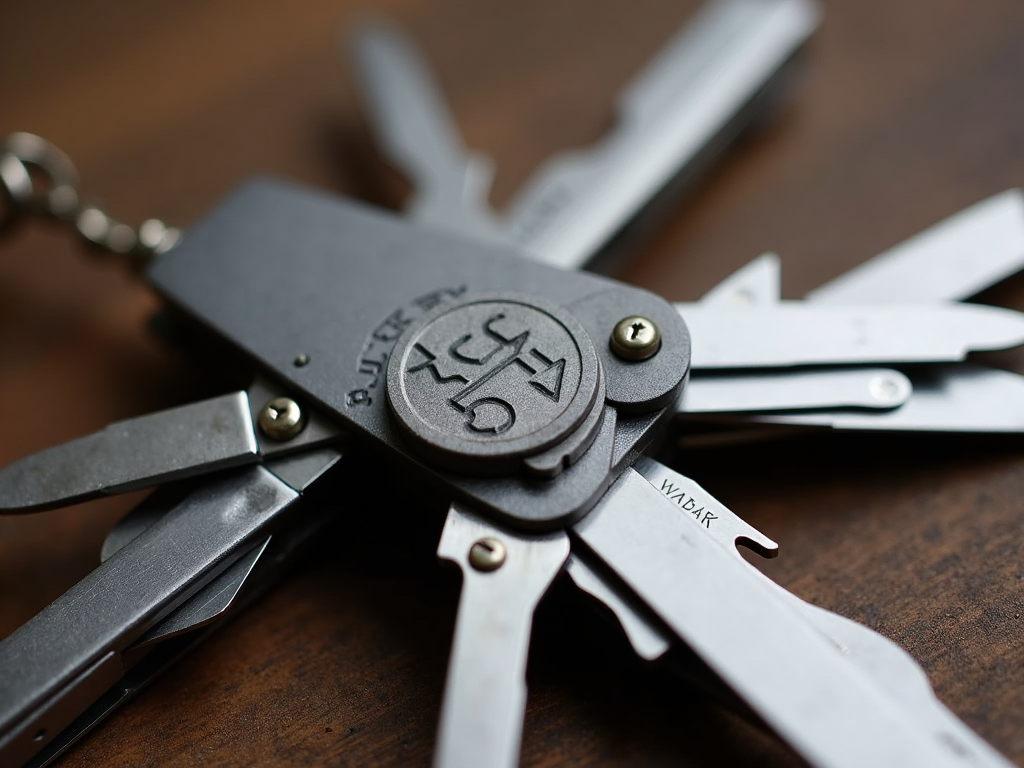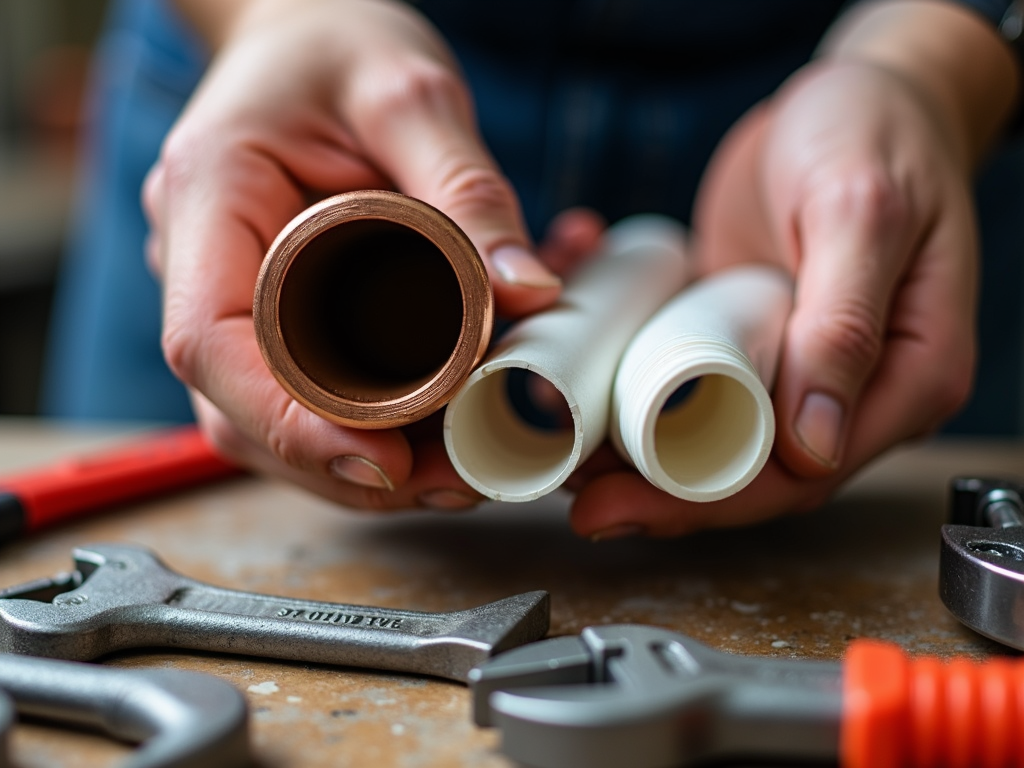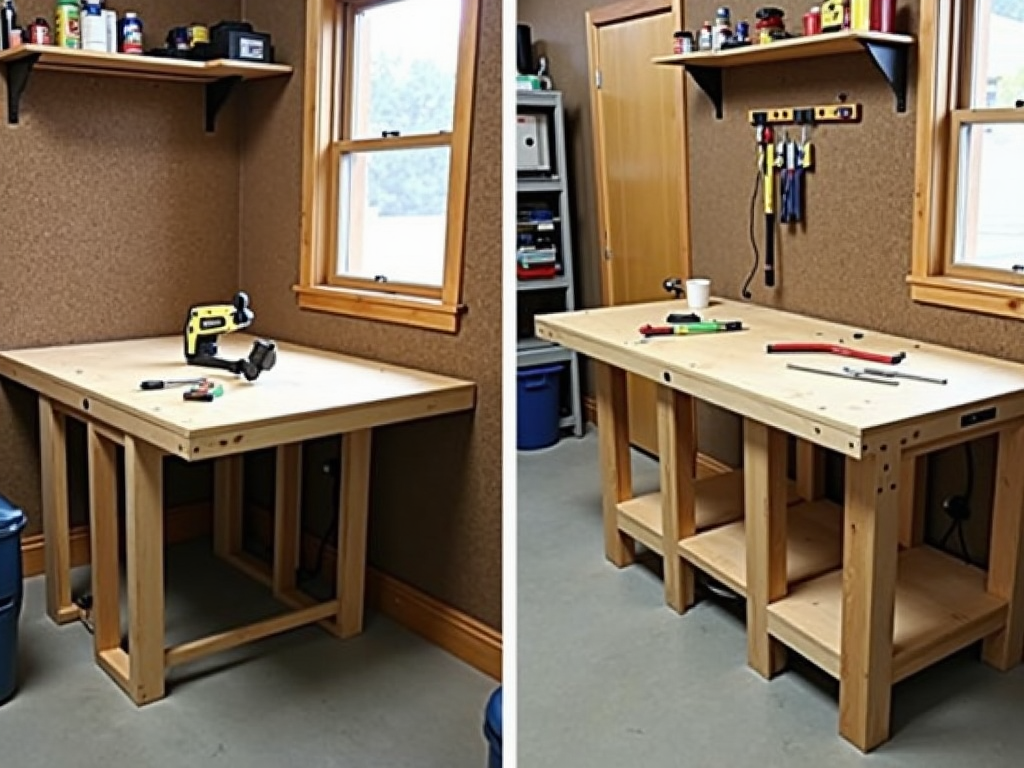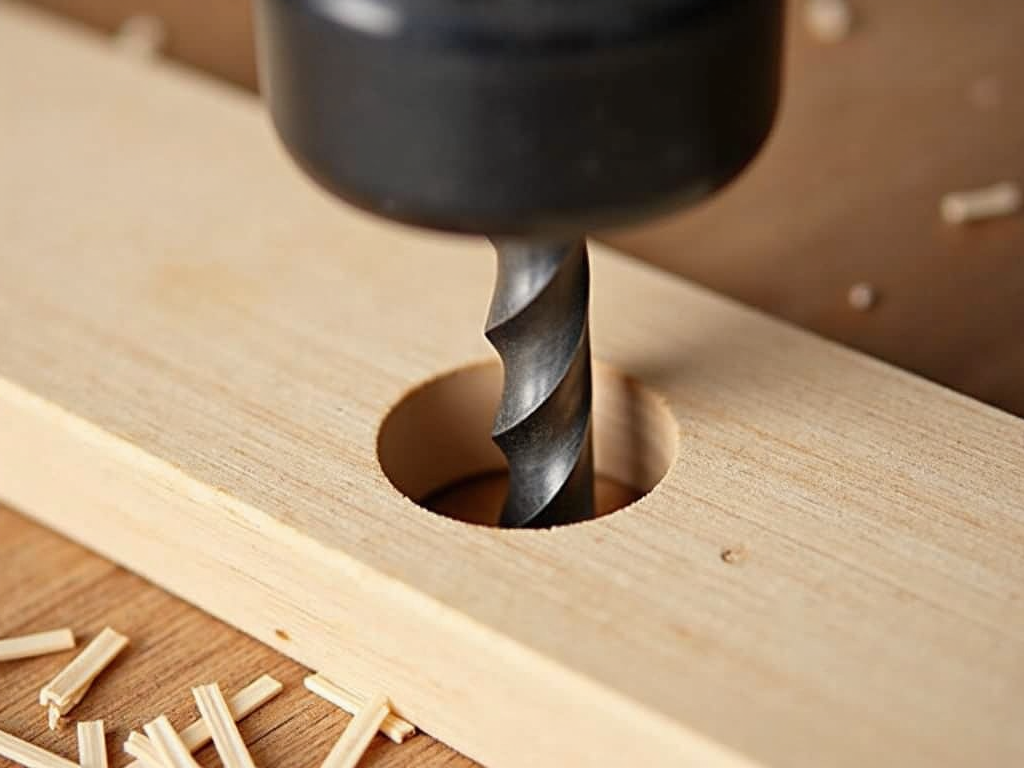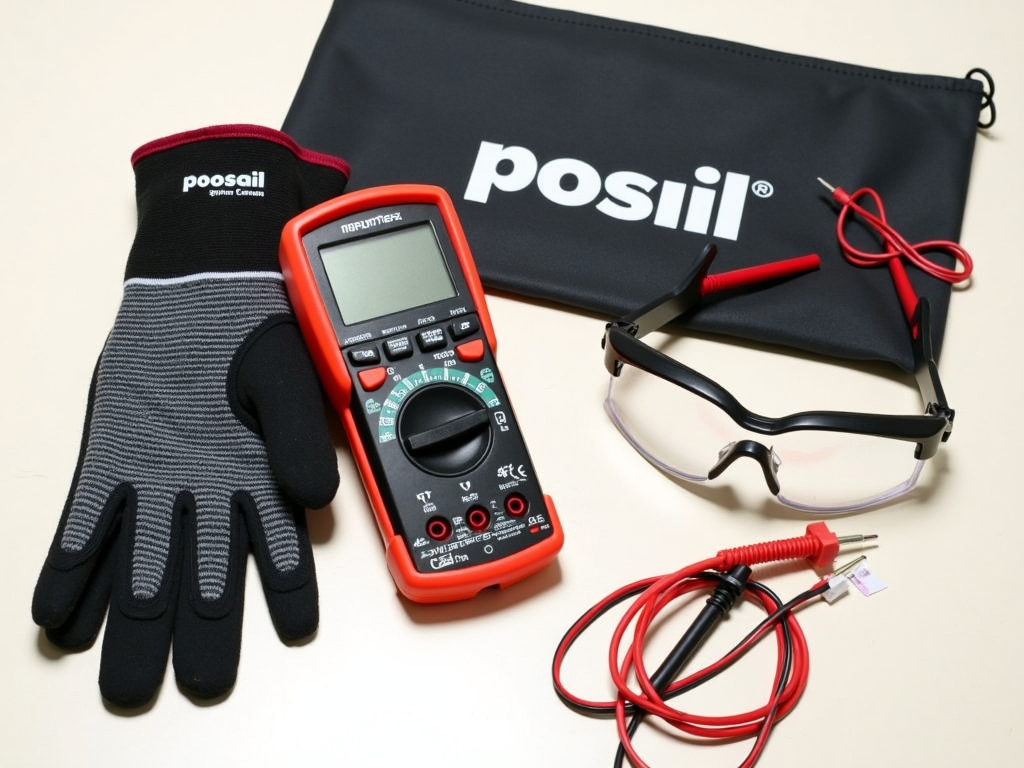Modern workman tools with ergonomic design are revolutionizing the way professionals work, offering comfort, efficiency, and safety. This article explores the benefits, examples, and best practices for using these innovative tools.
Understanding Ergonomic Tools
Ergonomic tools are designed to fit the user's body and movements, reducing strain and fatigue. In the context of workman tools, this means handles that are comfortable to grip, tools that are balanced to reduce wrist strain, and designs that minimize repetitive motion injuries.
For example, a hammer with an ergonomic handle might have a curved shape that fits naturally in the hand, reducing the force needed to grip it tightly. Similarly, a screwdriver with an ergonomic design might have a larger, softer grip to prevent hand fatigue during prolonged use.
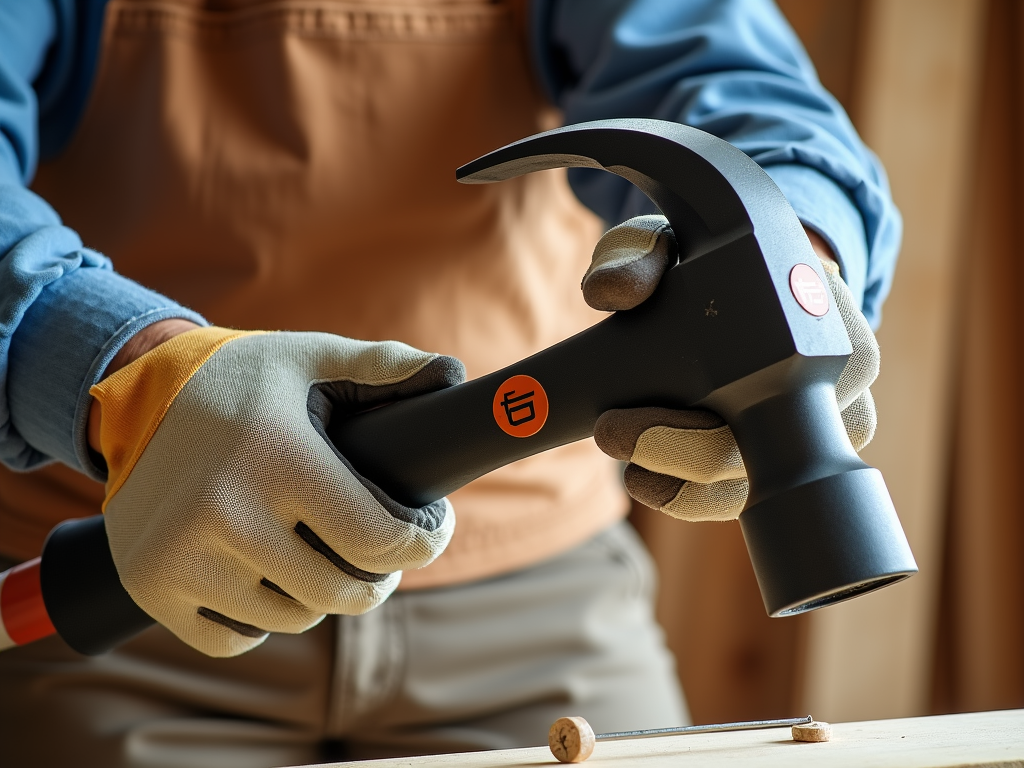
Examples of Modern Ergonomic Workman Tools
There are many types of workman tools that have been redesigned with ergonomics in mind. Here are a few examples:
- Ergonomic Hammers: These have shock-absorbing handles and balanced weight distribution to reduce impact on the user's arm.
- Ergonomic Screwdrivers: Featuring soft, non-slip grips and shafts that allow for better torque with less effort.
- Ergonomic Pliers: Designed with angled handles to keep the wrist in a neutral position, reducing strain.
- Ergonomic Cutting Tools: Such as scissors or shears with spring-loaded handles to reduce hand fatigue.
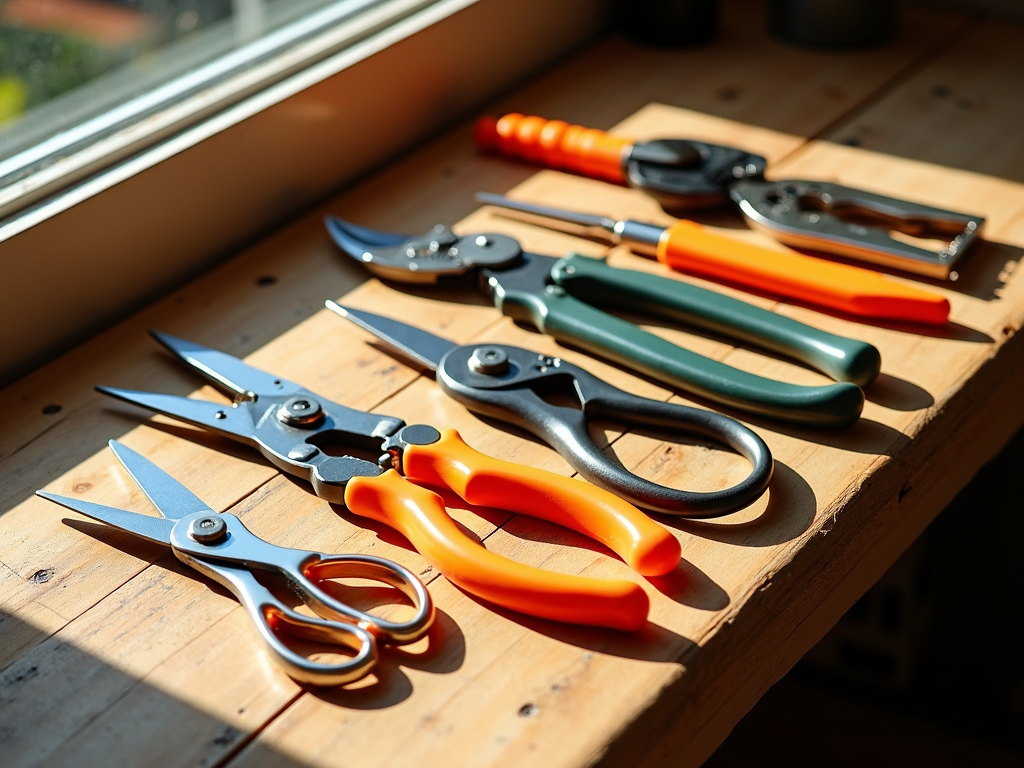
Benefits of Using Ergonomic Tools
Using ergonomic tools offers several advantages:
- Reduced Risk of Injury: By minimizing strain on muscles and joints, ergonomic tools help prevent repetitive stress injuries.
- Increased Comfort: Tools that fit well in the hand and are easy to use make work more comfortable, especially during long hours.
- Improved Efficiency: When tools are easier to use, workers can complete tasks faster and with less effort.
- Enhanced Precision: Ergonomic designs often allow for better control, leading to more precise work.
How to Choose the Right Ergonomic Tools
When selecting ergonomic tools, consider the following:
- Fit and Comfort: The tool should feel comfortable in your hand. Try it out if possible.
- Weight and Balance: Lighter tools are generally better, but balance is also important to reduce strain.
- Adjustability: Some tools have adjustable features to fit different hand sizes or preferences.
- Quality and Durability: Ergonomic tools should still be made of high-quality materials to ensure they last.

Tips for Using Ergonomic Tools Effectively
To get the most out of ergonomic tools:
- Proper Grip: Hold the tool as intended, using the entire hand rather than just fingers.
- Body Positioning: Maintain good posture and avoid awkward positions.
- Take Breaks: Even with ergonomic tools, it's important to rest periodically to prevent fatigue.
- Maintenance: Keep tools in good condition to ensure they function as designed.
Future Trends in Ergonomic Tool Design
The field of ergonomic tool design is constantly evolving. Some trends to watch for include:
- Smart Tools: Integration of technology to provide feedback on usage and suggest improvements.
- Customization: Tools that can be tailored to individual users' needs and preferences.
- Sustainable Materials: Use of eco-friendly materials in tool manufacturing without compromising ergonomics.
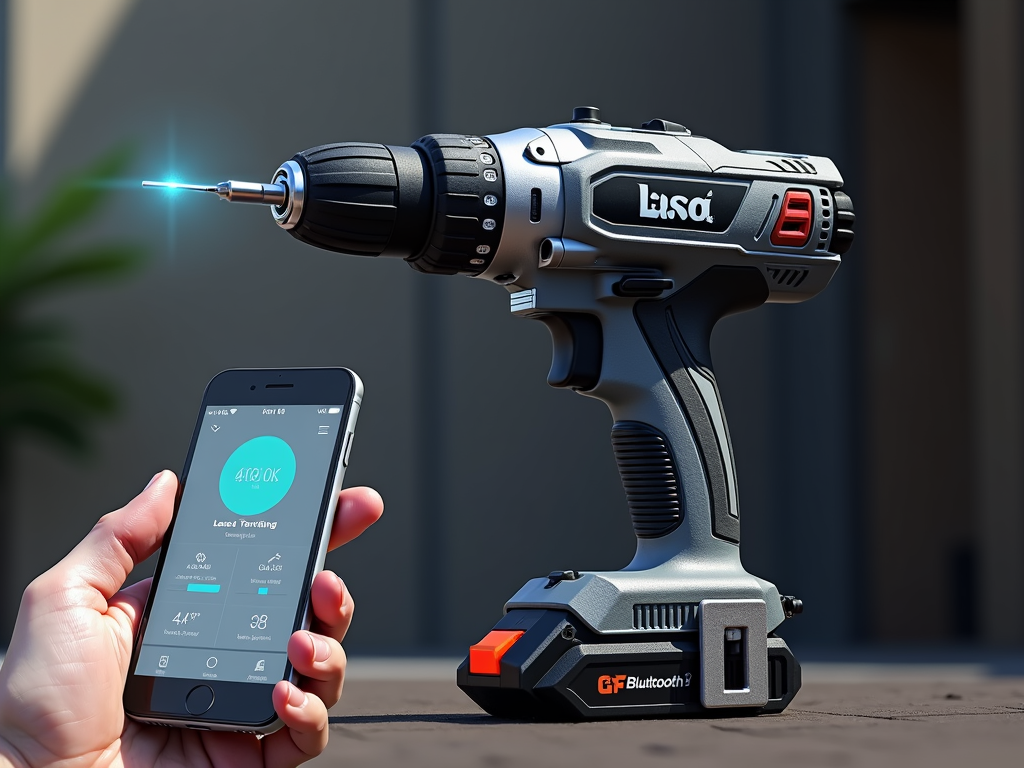
Modern workman tools with ergonomic design are essential for professionals seeking comfort, safety, and efficiency. By understanding what makes a tool ergonomic, choosing the right ones, and using them properly, workers can significantly improve their work experience and productivity.
Related modern workman tools with ergonomic design:
- A Guide to Preventing Work-Related Injuries with Ergonomic Tools
- Top 5 Multi-Tools Every Craftsman Needs
- Essential Workshop Setup Tips for a Productive and Safe Workspace
- How to Choose the Right Pipe for Your Plumbing Needs
- Case Studies: Successful Implementation of Automation in SMEs
- How to Stay Safe on Construction Sites: Essential Tips
- 10 Space-Saving Storage Solutions for Small Workshops
- Safety Practices in Home Electrical Repairs: A Comprehensive Guide
- Essential Workman Tools for Electricians and Plumbers
- How to Choose the Right Workbench for Your Space: A Complete Guide
- How to Choose the Right Drill Bit for Your Project
- Essential Tips for Using a Multimeter
